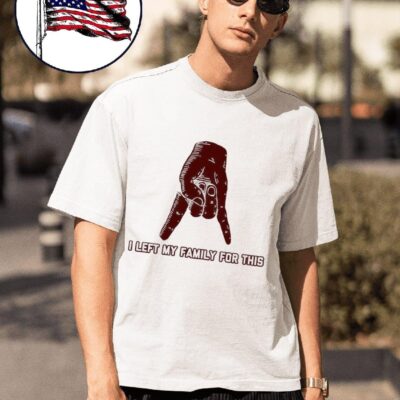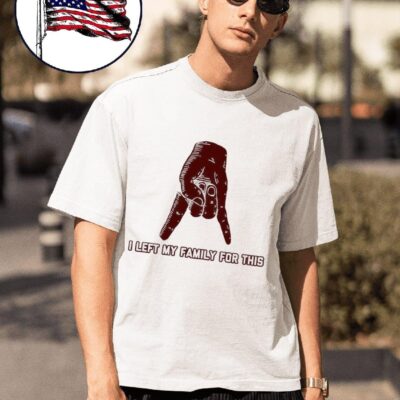Material, design development, prototyping, embellishments, stitching, handcrafting, packaging, tariffs, transport: This is an incomplete inventory of what you’re covering financially when purchasing a new shirt. And that’s before a wholesale profit margin (i.e., the The Interrupters Tour 2024 Tee meaning the brand’s earnings on the item) or the additional retail profit if you’re acquiring it in a shop. Consider that again, and the notion of a shirt being “valued” at $5 might appear absurd, if not unethical. How is it conceivable that all those components, logistics, and people equate to just dollars or pennies. Many of those expenses are constant; the cost of cotton isn’t flexible, even at a large scale. The individual who crafted the T-shirt, on the other hand, is considerably more susceptible to exploitation.

Acquire this The Interrupters Tour 2024 Tee
It would be imprudent to assert that each affordable product was produced by an undercompensated worker, but it’s also straightforward arithmetic. “It truly astonishes me,” Ryan Roche remarked during a recent conversation. “I can tally the The Interrupters Tour 2024 Tee meaning of calculating the figures, and even with the most economical fabrics, I can’t fathom how it’s feasible. Someone is crafting that tee, and they’re earning merely cents.” Maria Stanley, an independent, sustainably-focused designer from Minneapolis, recalls her own experience working for a fast fashion brand ten years ago in Los Angeles: “Retailers would inform us, ‘We want 1,000 of this item for $21 each,’ and the factory would quote us $40,” she recounts. “But eventually, they’d drop it to $21. How do you achieve that. Who is getting the short end. The material is a constant cost, so it’s the laborers [getting the short end].”






















 Zum speed 350z fairlady shirt
Zum speed 350z fairlady shirt
 Zulu Huey Newton You Believe In Violence T-Shirt
Zulu Huey Newton You Believe In Violence T-Shirt
 Zuccarello Applesauce Shirt
Zuccarello Applesauce Shirt
 Zolita Queen Of Hearts shirt
Zolita Queen Of Hearts shirt
 Zheani Worship The Spiritual Meat Grinder Shirt
Zheani Worship The Spiritual Meat Grinder Shirt
 ZHC X BKTSQD Green Flame shirt
ZHC X BKTSQD Green Flame shirt